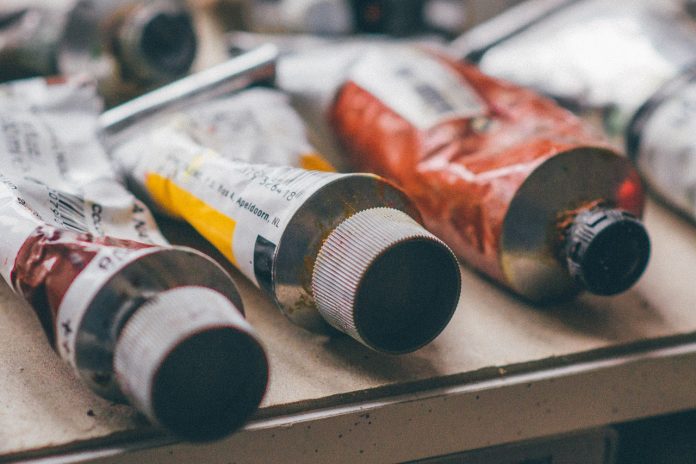Jeff Hollway needed something to keep his mind busy. The treatments, chemo and radiation seemed to control his thoughts all too often. That was 10 years ago, and the retired college professor knew he needed to find something to focus on.
Hollway said he had always been interested in the sea — a love affair he calls it. Not just the sea itself, but the creatures it supports, and in a time of need, perhaps the motivation that it could provide.
Hollway had shared a career full of expertise with students at several colleges, and for the most part, salt water and sand was never far away, at least not in his mind.
In retirement, he settled on a life just a stone’s throw from Florida’s Gulf Coast, and that’s where he found a whole new interest — just when he needed it like never before.
Hollway turned to an antiquated art form that brought the sea and his mind together.
Gyotaku
Indeed, Hollway’s new venture was just what the doctored ordered, so to speak. It’s called Gyotaku, the art of transferring the image of a caught fish to a printable material.
The process is as much making an impression as it is a print. Ancient Japanese mariners first created the medium as a way they could record unusual catches.
They created an ink based on soot and used other ship’s store materials as they began an artistic journey that continues today, still primarily the same.
At first it was simply proof of a fisherman’s skill, but today its pure art.
Hollway found the process to be so enjoyable that what started as a therapy has evolved into a new vocation — one so satisfying he now produces enough Gyotaku style fish prints that he attends a handful of fine art shows each year where his talents are recognized.
Hollway said that he often discards several pieces before he makes the perfect one, the print with the perfect detail and depth that he will eventually frame.
One of a kind
“Each print is one of a kind, never reprinted or copied,” he said, while explaining that there are several steps in drying and preparing each fish that will be used.
As his skills have evolved so has the desire to stretch the limits of additional artistic touches. Just recently Hollway tried adding a small sprig of seaweed to some prints, a special something that may become a recognized signature and as sought after as his written name.
Hollway makes and uses traditional soot-based ink and paper products, both traditional and modern, but is now dabbling with various cloth materials.
He calls his creations “Fantasy Fish” and describes the process as bringing something “no longer in this world” back to life.
Where does Hollway get the fish he uses? Good question. He picks many of them up after they have washed ashore for one reason or another.
That’s easy pick’ns but gathering a dead fish or two can raise eyebrows from others. That’s all right with Hollway who knows better than to pass up a good specimen when he sees one.













